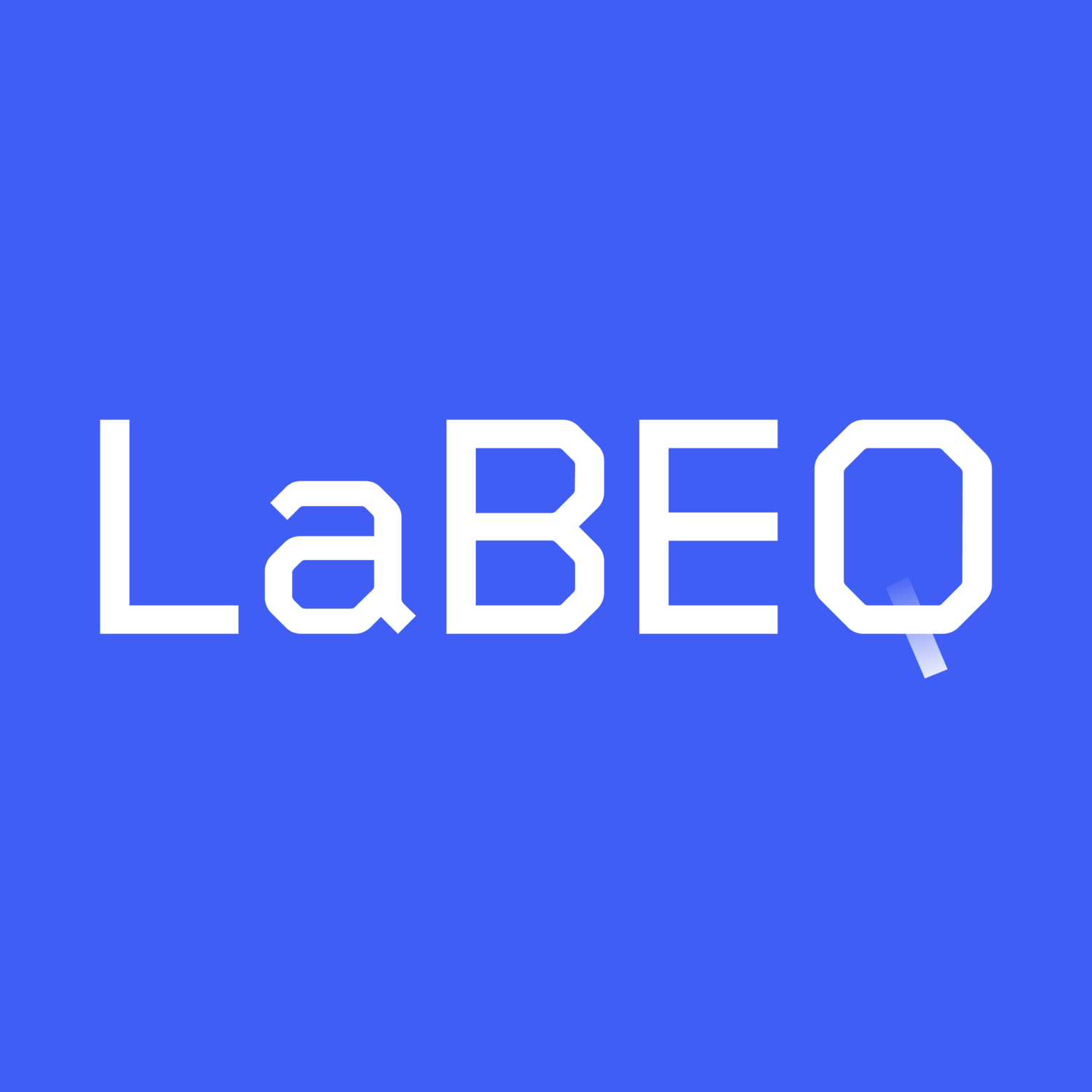
Research
Our Workflow
Current Projects
Voltage-Tunable (VT) Superconducting Devices
Building VT devices requires inducing superconductivity in semiconductors through: 1) direct contact between superconductors and semiconductors; 2) inducting superconductivity via hyper-doping. We are currently exploring both approaches in Ge and InAs quantum wells (QWs). Our hybrid superconductor-germanium heterostructures are grown at LPS using our state-of-the-art MBE facilities (Richardson Lab). Our team is currently working on nanofabrication and characterization of hybrid QW devices.
Funding sources: LPS-LQC, ARO NextNEQST
Reducing Materials Sources of Decoherence in SC Devices
Identifying and mitigating materials-related sources of decoherence in superconducting (SC) devices. We explore advanced materials characterization techniques to pinpoint specific impurities and defects that contribute to decoherence, as well as investigate novel fabrication methods to minimize at microwave frequencies and mK temperatures. By employing simulations and experimental approaches, we develop strategies for optimizing material selection and processing conditions, ultimately improving the coherence times and performance of SC devices for quantum computing applications.
Funding sources: LPS-LQC
Materials for Hybrid Microwave-Acoustic Devices
Hybrid quantum devices are emerging as promising platforms for realizing versatile and robust hardware for computation, communication, and sensing applications. In LaBEQ, we are working to develop epitaxial heterostructures of complex oxides on Si, GaAs, and sapphire for on-chip hybrid microwave-acoustic and microwave-photonic devices. We work closely with ORNL-CNMS on the epi-growth and characterization of our materials systems using pulsed laser deposition. We also characterize the electrical and dielectric properties of our hybrid heterostrcuters in collaboration with AFRL RITQ.
Funding sources: NSF ExpandQISE-Tr2
Quantum Chemistry with Small-scale Qubit Devices
We use our unique two-fluxonium qubit platform (originally developed by our collaborator Manucharyan lab) to explore pulse-based VQE type quantum chemistry algorithms. This project is done in close collaboration with Barnes group at VT.
Funding sources: LPS-LQC, NSF








